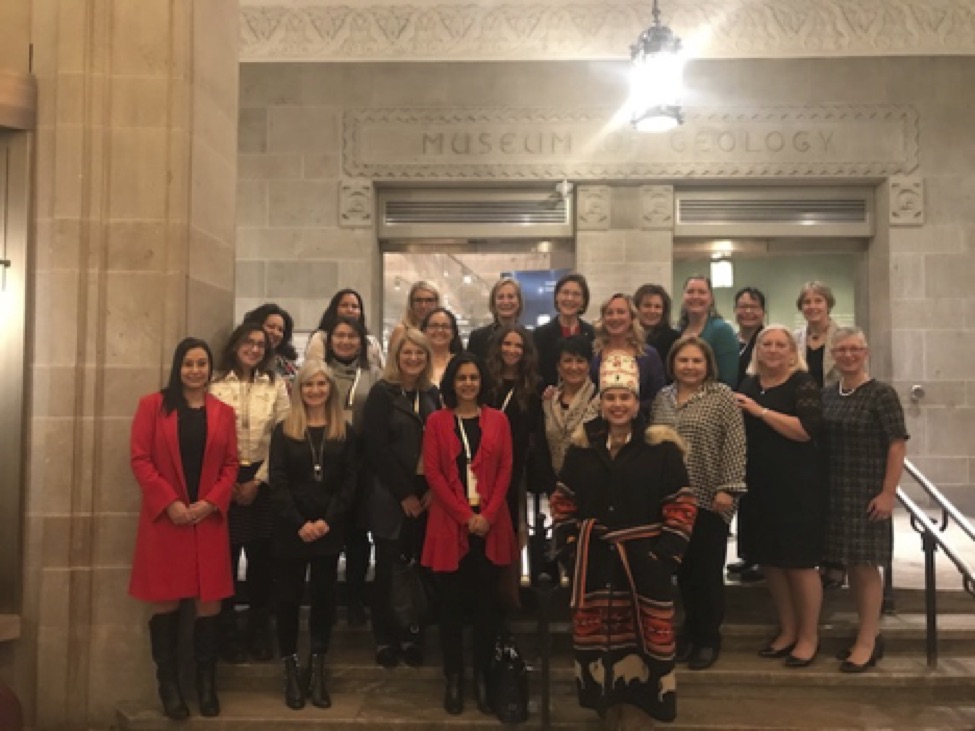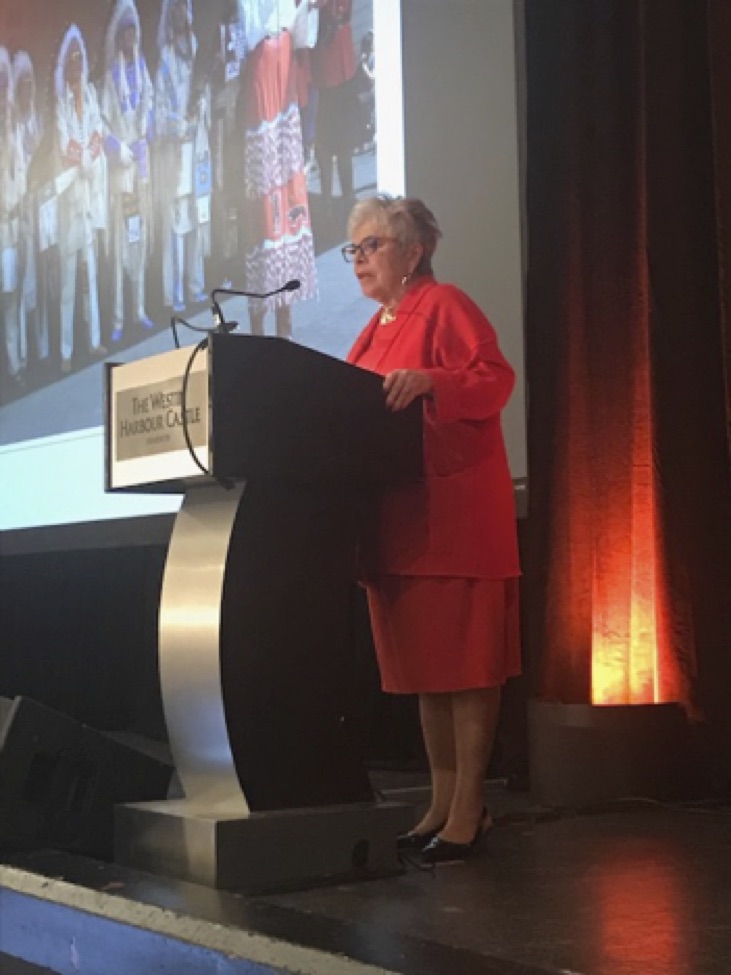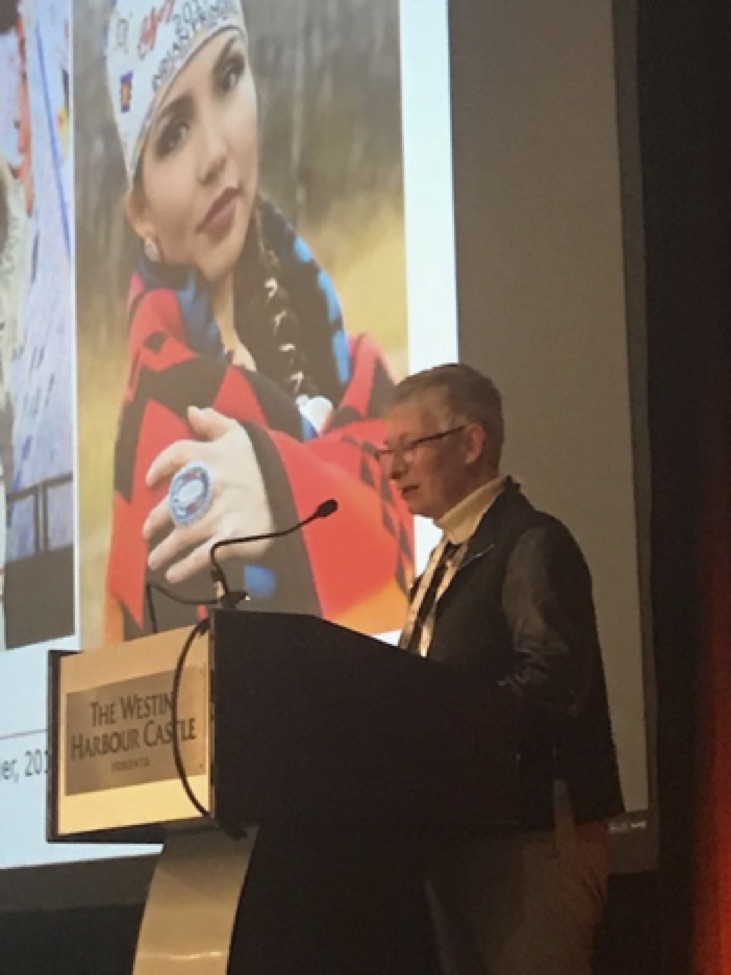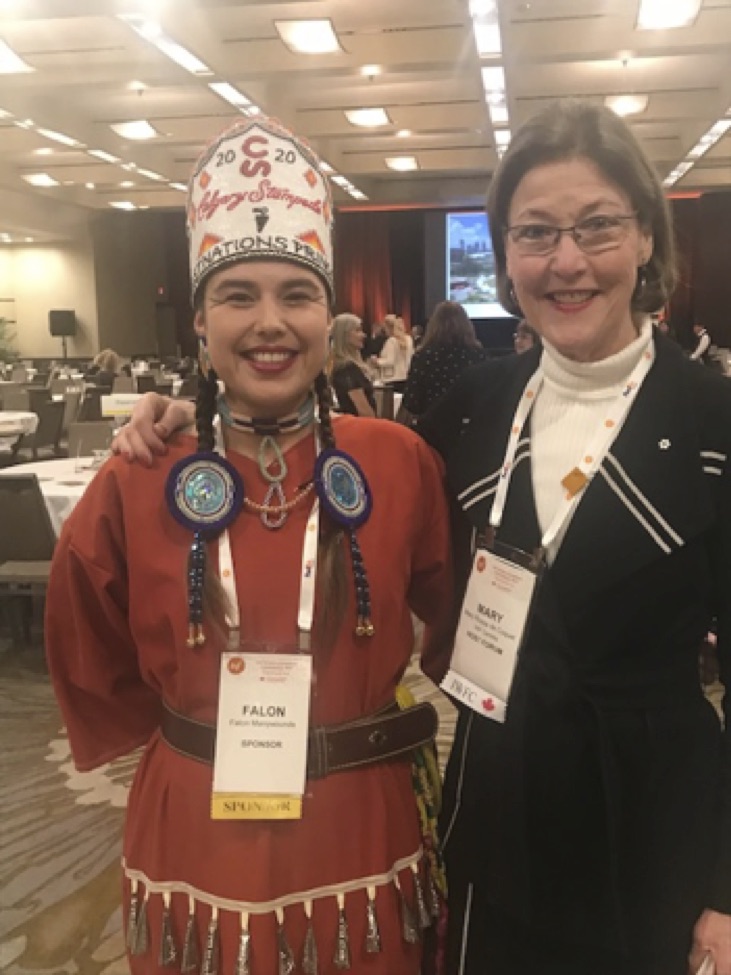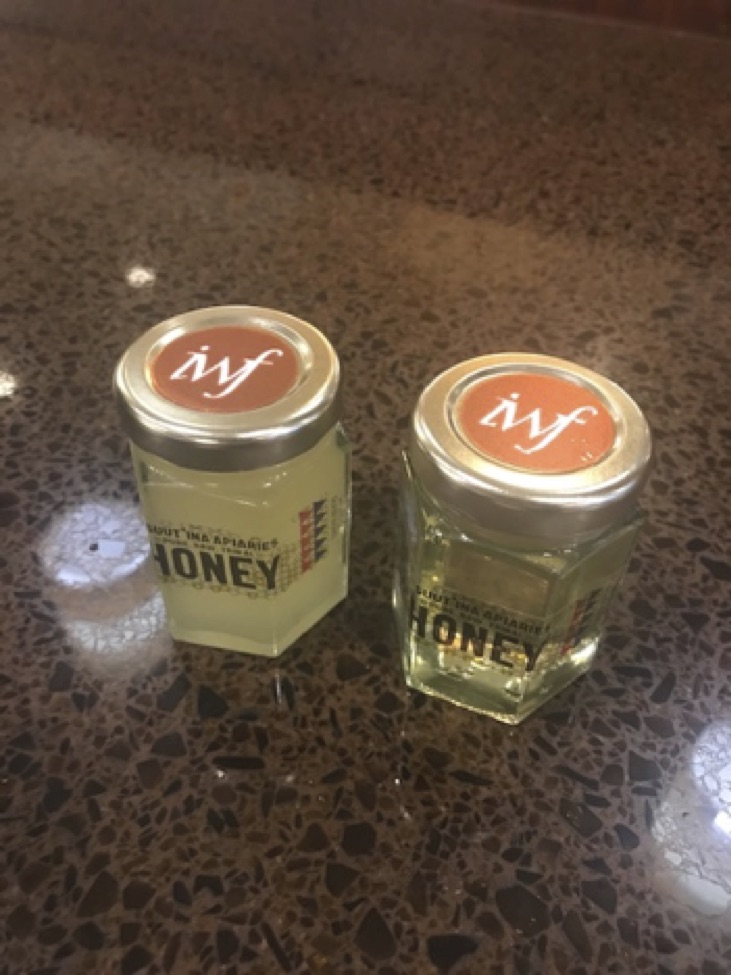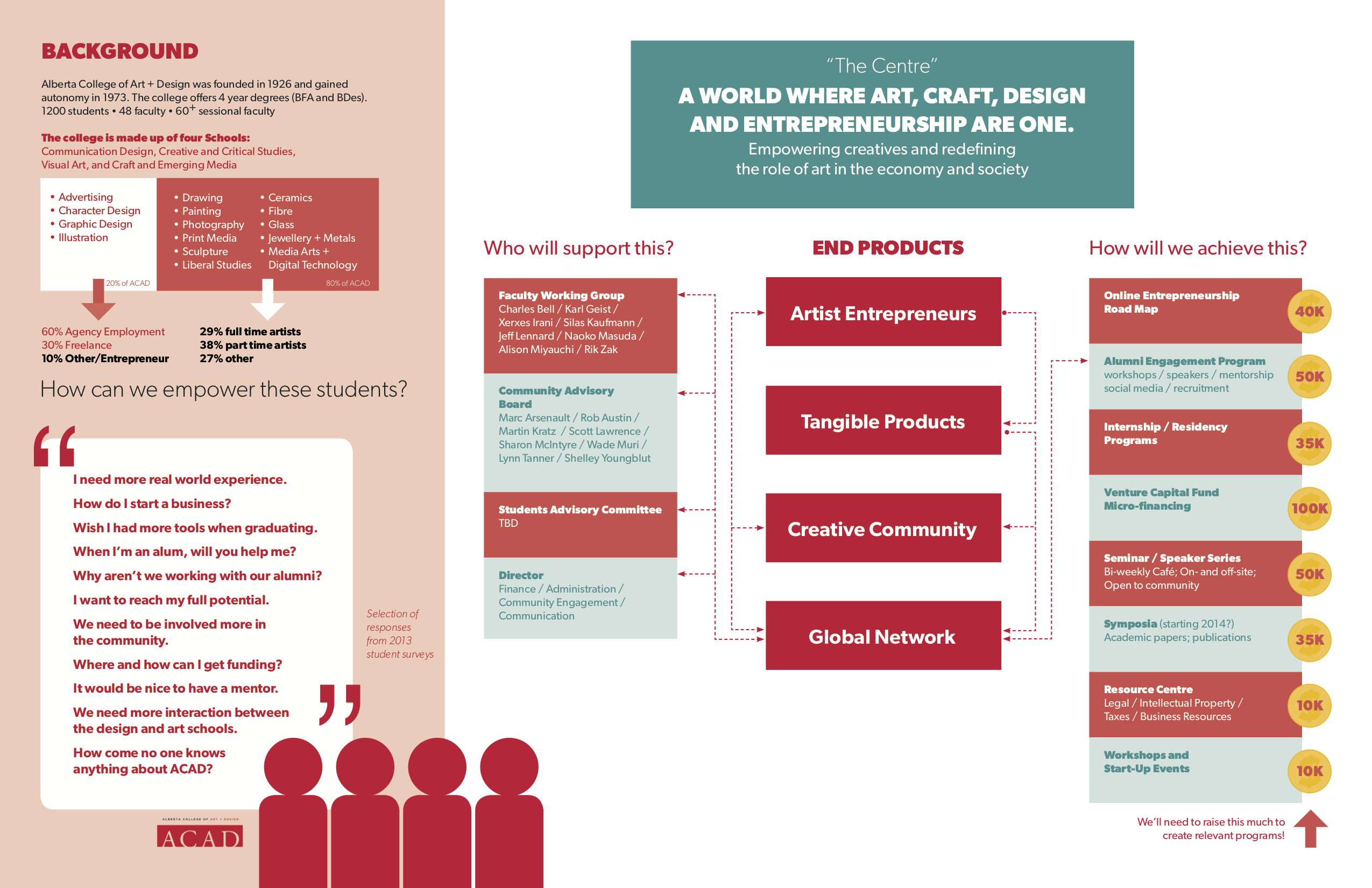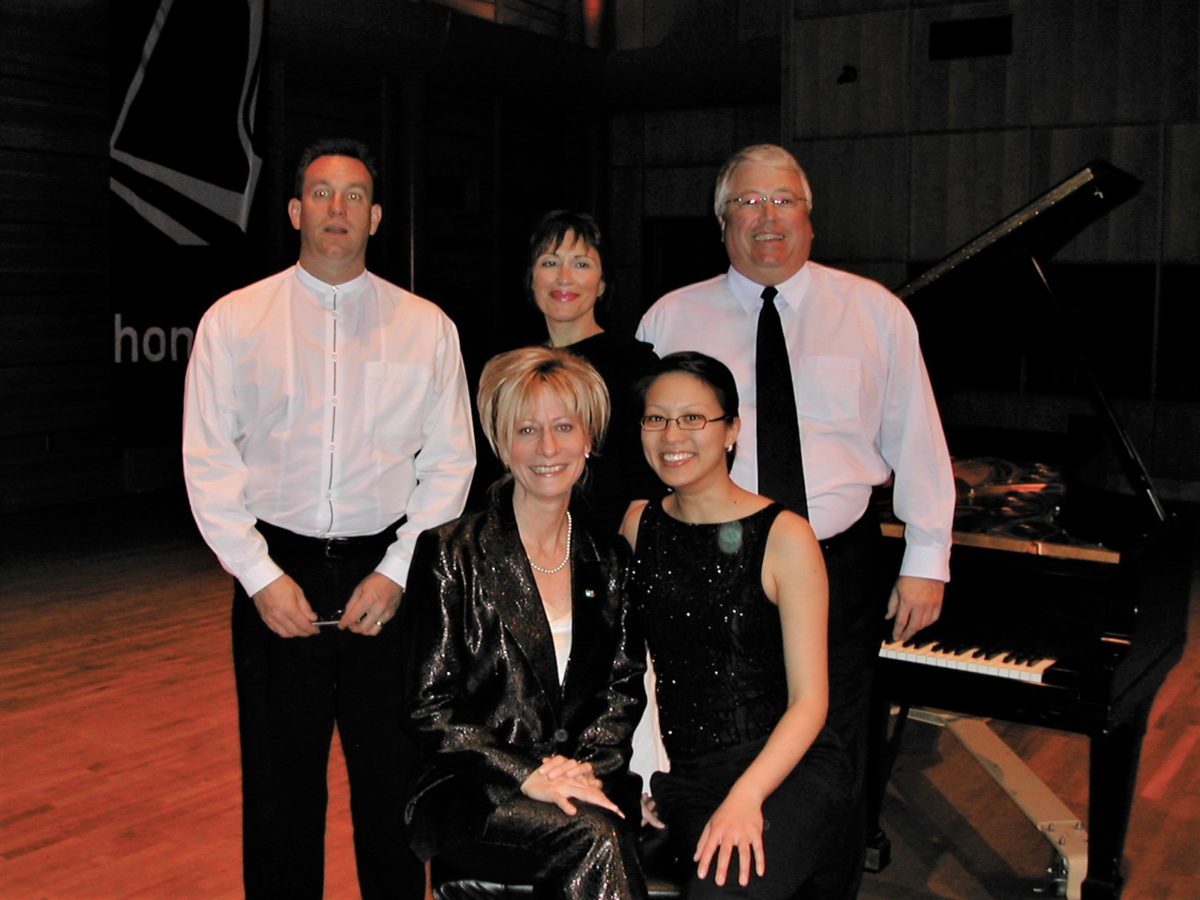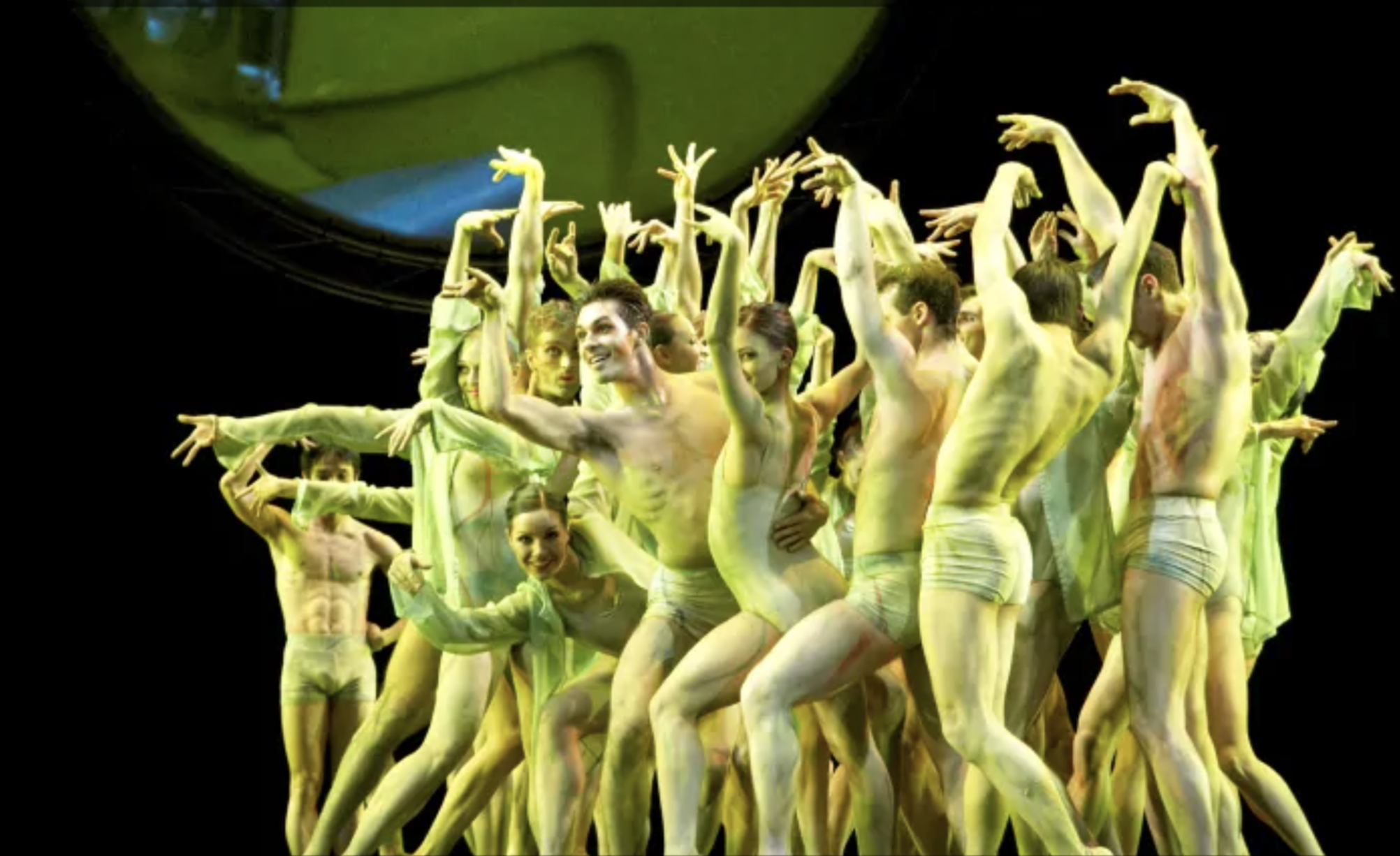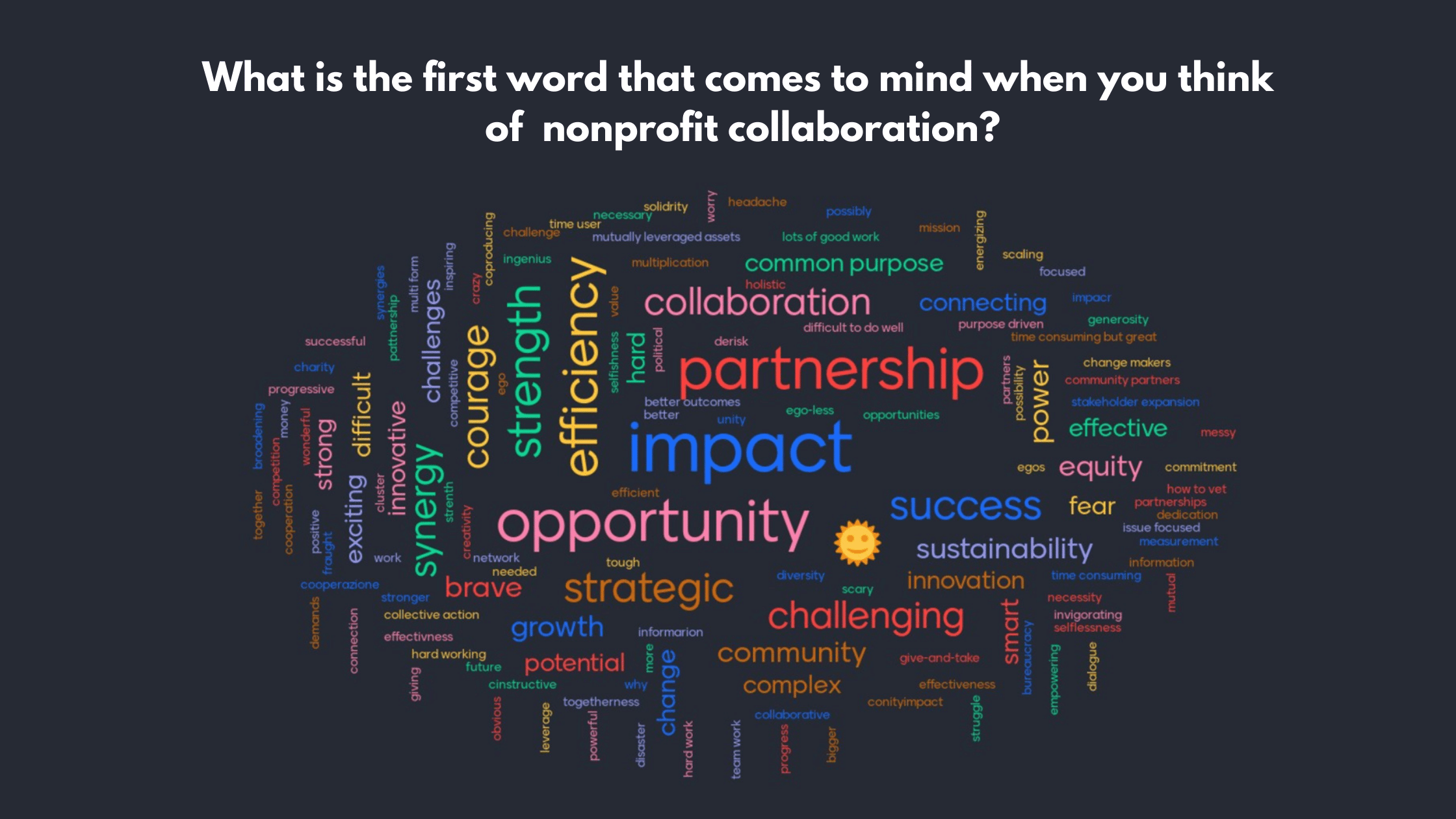
There are jarring statistics around how the pandemic has impacted non-profit organizations across all sectors. And further predictions around how many of these organizations will not survive. In anticipation of this inevitability, funders and umbrella organizations, like the Muttart Foundation and Calgary Arts Development in Canada and the Nonprofit Sustainability Initiative in the United States, are addressing this by providing funding for organizations that are seeking strategic alliances and collaborations as a means of finding the shore in these turbulent waters.
On February 18, 2021, the International Women’s Forum hosted a webinar to help members better understand this current landscape and hear from two NFP leaders who shared their collaboration success stories. Tapping the Superpower of Collaboration to Lead Complex Change featured Dara Munsen of Chicago’s Family Focus and Canadian Kaile Shilling, Executive Director of the Arts for Incarcerated Youth Network of Greater Los Angeles.
Dara Munsen had been the CEO of the Chicago Children’s Society (CCS), an organization that was founded in 1849. It was “steady”, had increased revenue by 80% over four years and wanted to leverage its history of early childhood education and serve new communities. At the time, the CEO of Family Focus was retiring and the idea of a merger was planted with the CCS board. Over the next eighteen months, the boards met, engaged a consultant and the decision was made to merge CCS (which officially shut its doors on January 1, 2021) with Family Focus where Dara became the CEO.
Kaile’s story begins with an arts project she founded focused on incarcerated youth. Six other organizations were doing similar work in secured residential facilities. As the then Executive Director of the Violence Prevention Coalition, she was the natural to convene these organizations to dream of what they could do together. Could they shift from piecemeal services to year round offerings? Could they coordinate fundraising efforts and make the pie bigger? Could they have a greater impact on policy? With support from the Nonprofit Sustainability Initiative, they moved to create a well-structured collaborative entity, an umbrella organization that now houses fifteen organizations.To set the table, here are some pre-pandemic statistics from the United States:
- Out of 1.7 million NFP’s, 75% had budgets of $100,000 or less
- NFP’s account for 5.5% of GDP; 7% of the workforce, $450 Billion in contributions
- As of the date of the study, 50% could survive for 3 months; 75% for 6 months; only 29% had a surplus
The pandemic’s impact is expected to be profound: up to 7% may close, resulting in a loss of one million jobs.
There is a case to be made for NFP’s to include collaborations and alliances in their repertoire of strategic options. Though this is not for the faint of heart, the time to consider a strategic alliance is not when your organization is facing shutting its doors. Approach this as another tool in your arsenal. Imagine moving from scarcity thinking to long term strength, sustainability and impact. Be abundant: 1 + 1 = 3.
So what might collaboration look like? Anything from informal short-term partnership, joint programming, back office consolidation, a strategic alliance to long term integration involving restructuring and legal contractual arrangements i.e. a merger. Think everything from dating to marriage. The best advice: Start with the WHY and the HOW will follow.
The WHY factors might include:
- Increased financial position
- Greater impact
- Increased organizational capacity
- Cost and revenue synergies
- Consolidating government contracts and funding
- Enhanced expertise
- Augment advocacy, government and public relations capacity
Both Dara and Kaile emphasized the importance of securing a consultant to facilitate the negotiation and integration processes. A dispassionate third party can objectively assess feasibility, financial strengths, alignment and surface information that would be required in the due diligence process. They also ensure that committees of board and stakeholders are heard and look after the nuts and bolts such as capturing meeting minutes and handling the mechanics of the process.
What are additional common success factors?
- Time to devote to the process
- Demonstrated internal clarity regarding what the organizations aim to gain from the process
- Honest, upfront conversations among partners
- Comparable missions and organizational cultures
- Clear understanding of the strategic restructuring process, including negotiation, due diligence and integration
In closing, the panelists left us with these gems from their personal experience:
Even if a merger does not go through, this does not amount to failure – it means rather that both parties did their due diligence. The spectrum of success does not necessarily end with closing the deal.
Cultivate the qualities of a gymnast – the flexibility to tumble, balance, pivot, jump off the vault. Stay nimble and adjust as needed – with grace. Manoeuver with equal parts grit and grace.
This dance requires leadership that is not motivated by self-gain, rather that is decisive, compassionate inclusive in an ego-free zone. “Back lead” into something greater than what you could have ever imagined.
Finally, be patient and trust the process – sometimes you have to go slow to go fast.
